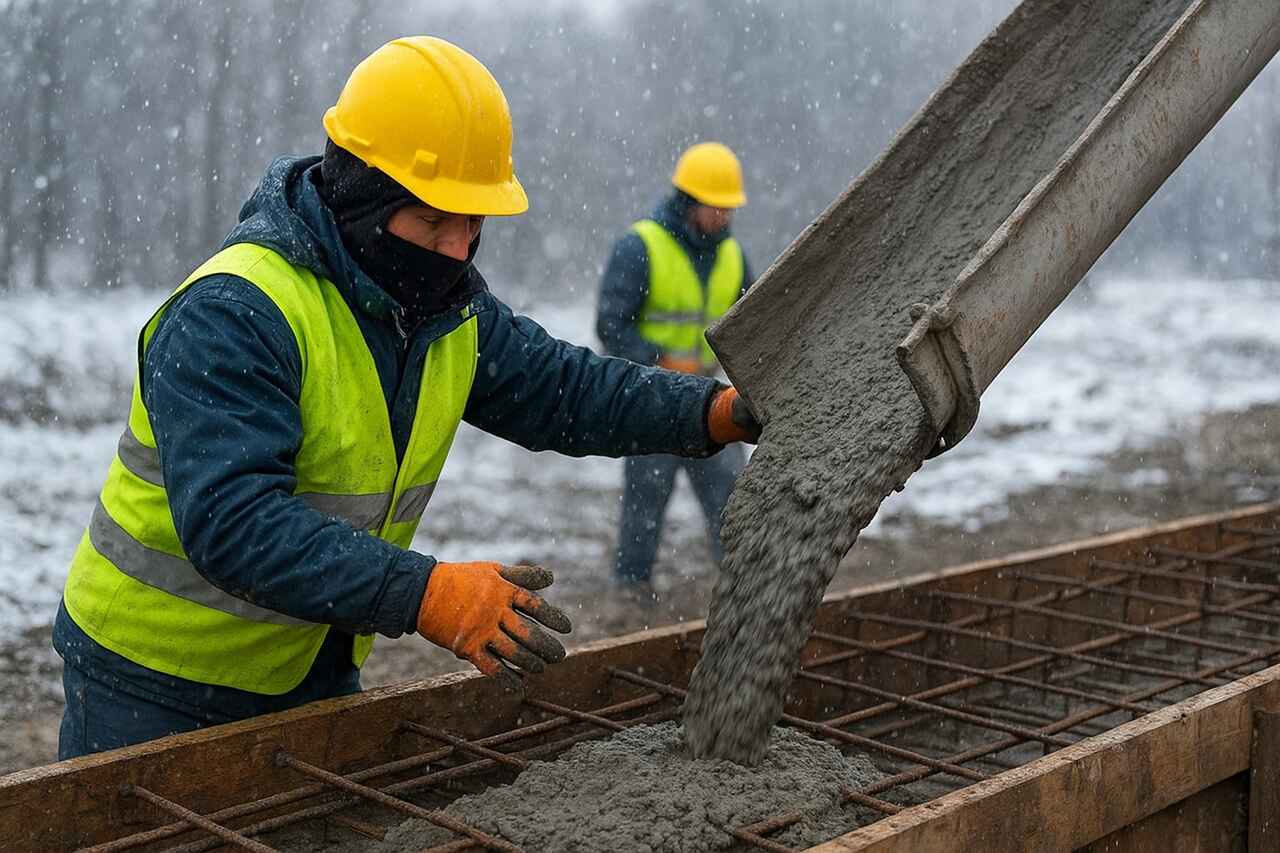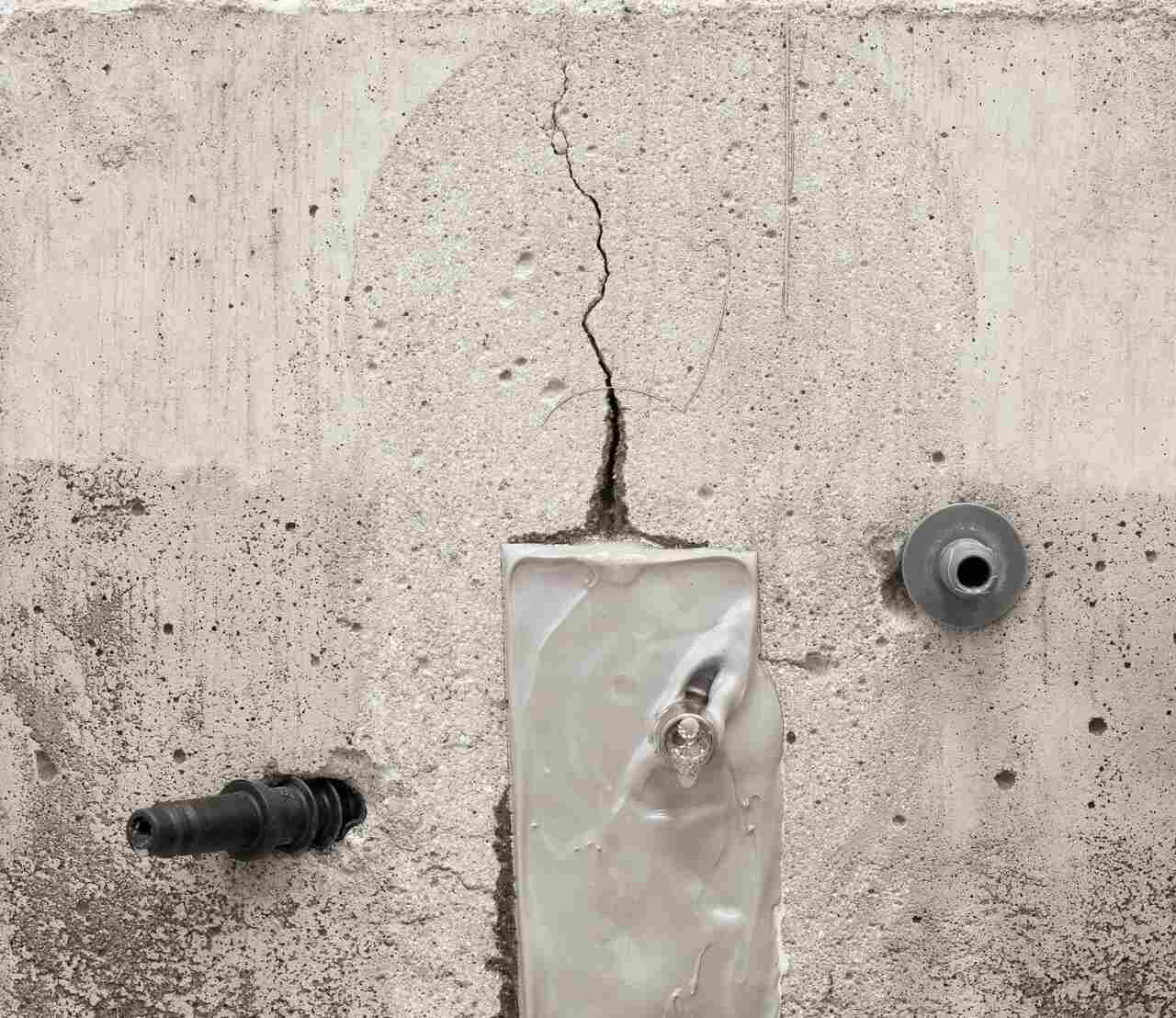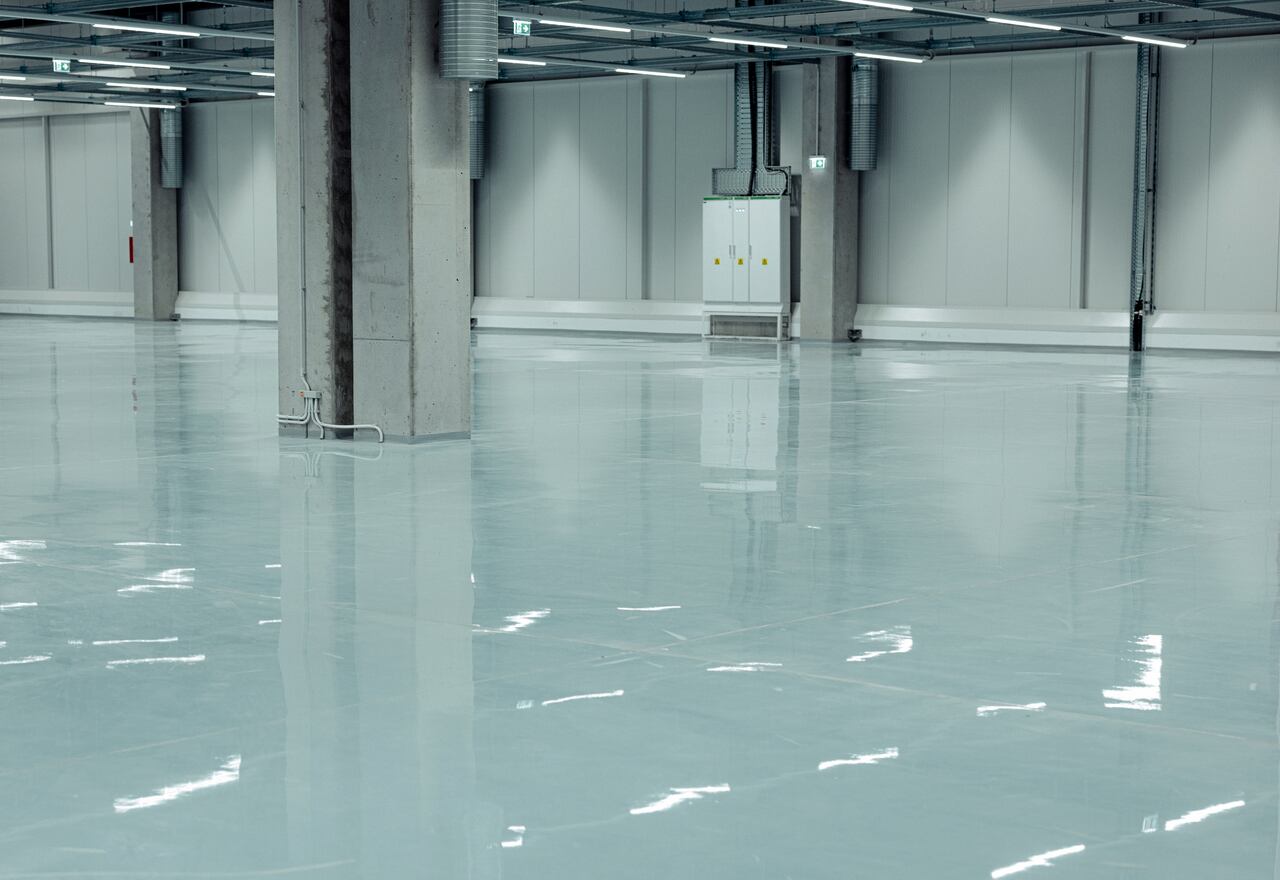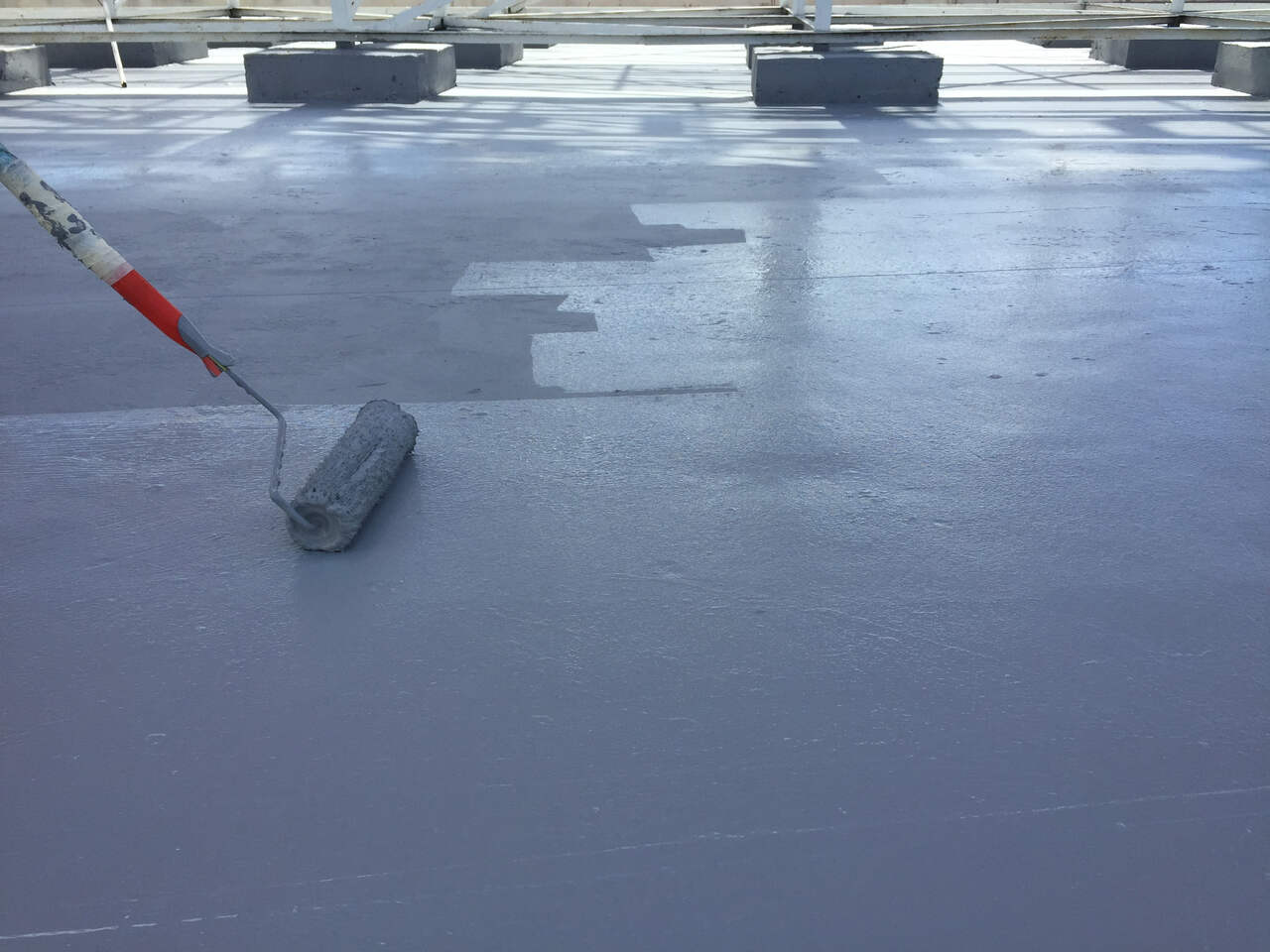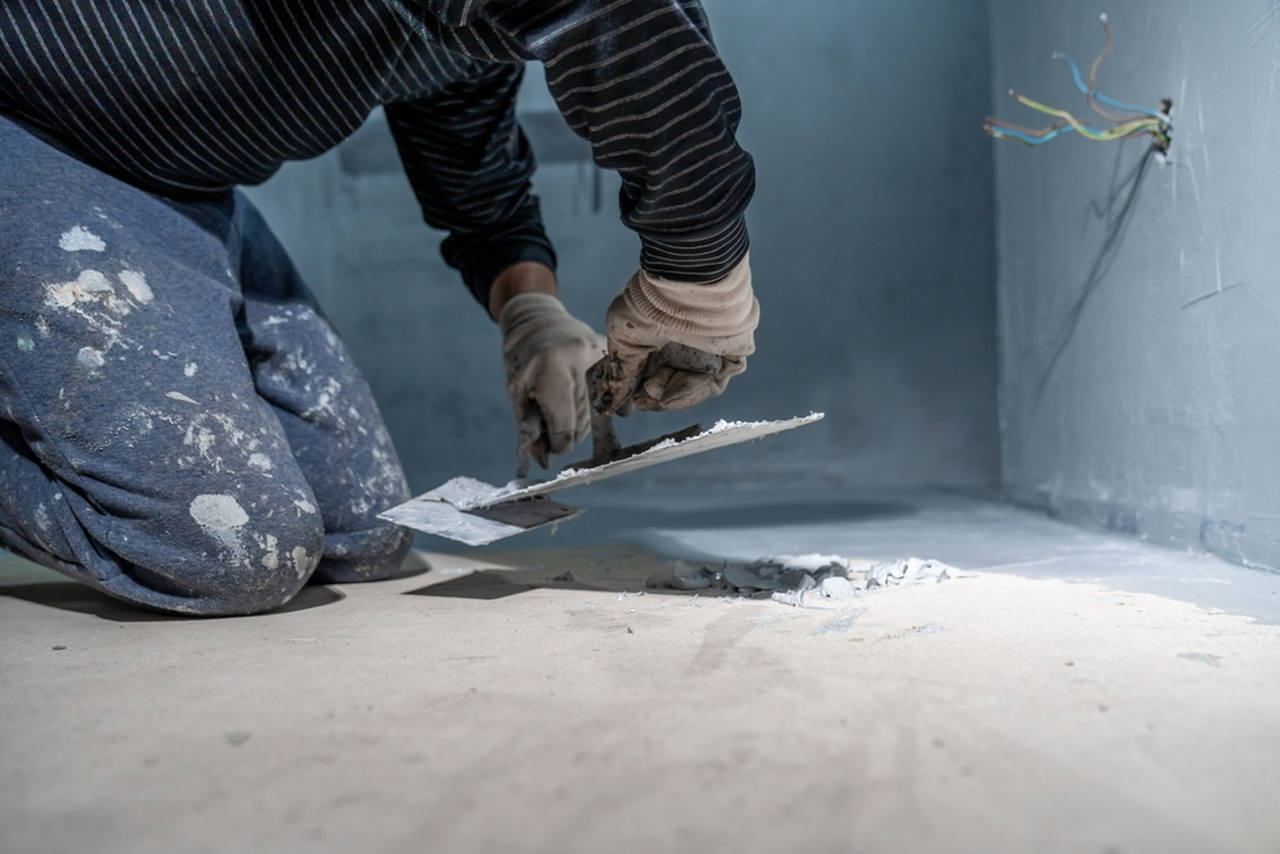
Bathrooms are one of the most frequently used spaces in our homes. However, due to the constant exposure to water and moisture, bathrooms are prone to water damage and mold growth. This is why it is essential to ensure that your bathroom is properly waterproofed. Having detailed information about bathroom waterproofing, which comes into play at this point, ensures that the right precautions are taken against the problems that buildings may encounter in the future.
In this article prepared by Baumerk, construction chemicals specialist, we will examine in detail what bathroom waterproofing is, why it is important, which bathroom waterproofing materials are the best, and how to properly waterproof a bathroom floor and wall.
Before moving on to our article, you can also take a look at the content we prepared about building foundations, which is one of the areas where waterproofing is important, titled Things to Know About Basement Waterproofing
What is Bathroom Waterproofing?
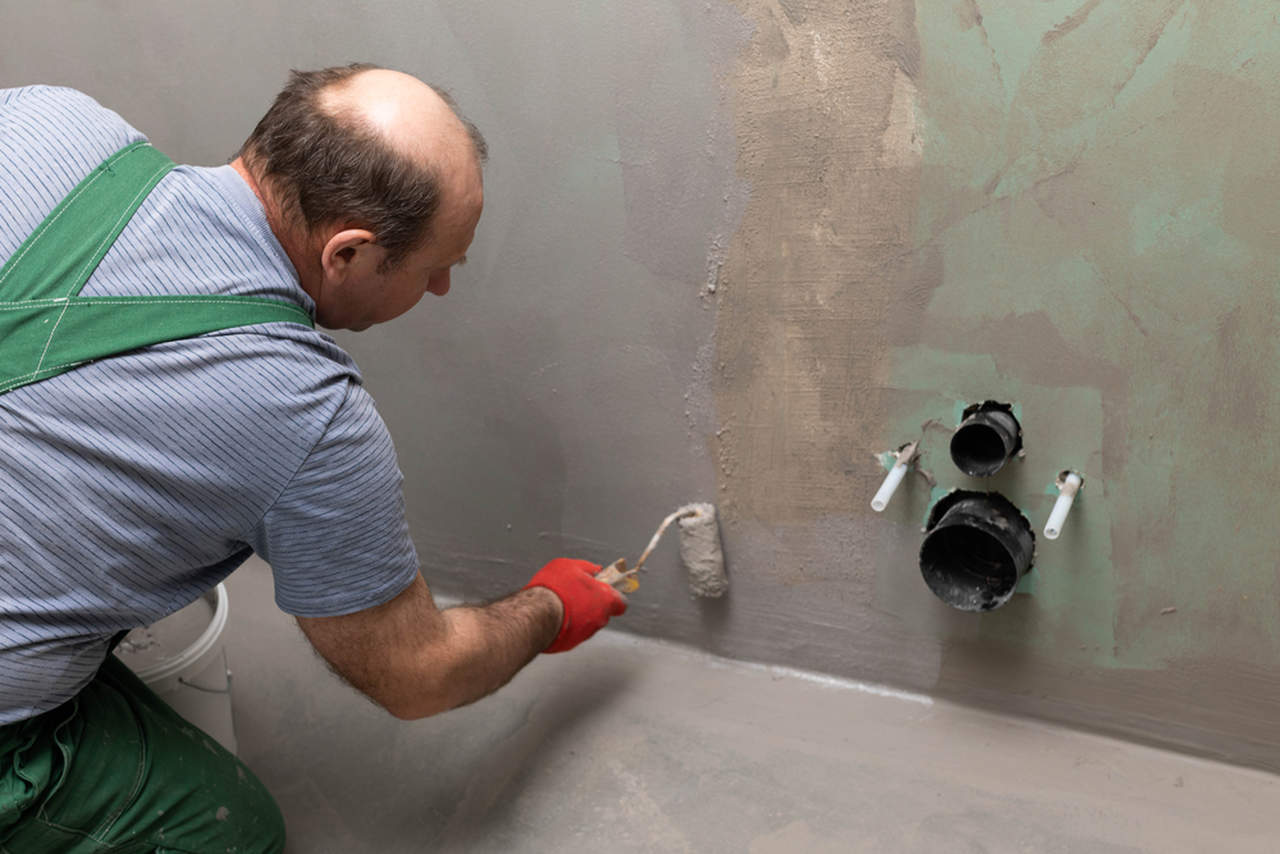
Bathroom waterproofing is the process of applying a water-resistant barrier to the bathroom surfaces to prevent water penetration. This process includes sealing and protecting the bathroom floors, walls, and other surfaces from water damage. Waterproofing is important because it prevents water from seeping through the floors and walls, which can lead to mold growth, structural damage, and other serious problems.
Why Waterproofing is Necessary for Wet Floors?
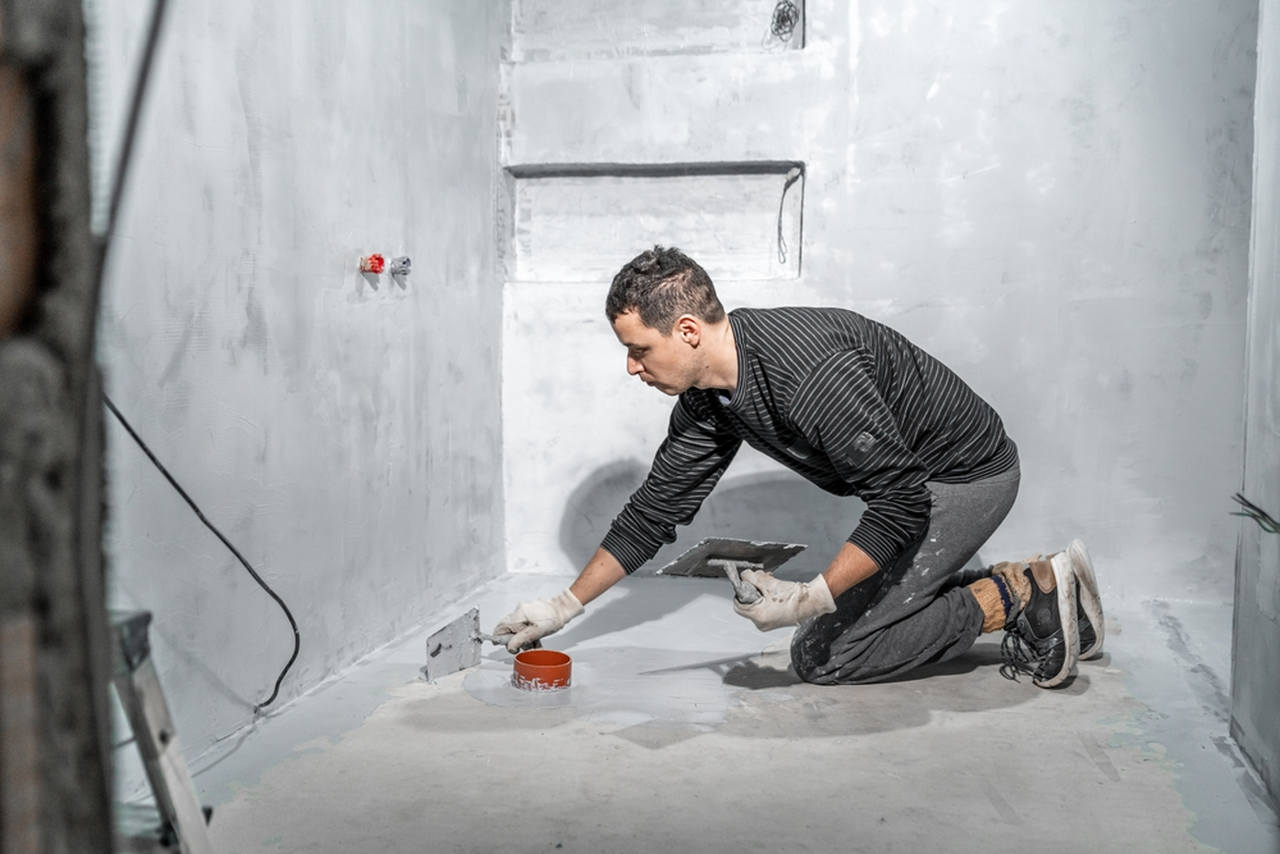
Waterproofing in wet areas is a process to prevent the harmful effects of water in bathrooms, toilets, kitchens, laundry rooms, and other wet areas. The insulation applied to the wet floor prevents water from penetrating into the building elements and increases the water resistance of the structures. This process helps to prevent damage and extend the life of structures.
Waterproofing is especially important in wet areas such as bathrooms and toilets because these areas are constantly in contact with water. Showers, bathtubs, sinks, and other fixtures used in the bathroom can cause water to penetrate the bathroom floor and walls. In areas without waterproofing, permanent damage can occur when water seeps under floors, between walls, or into other building elements.
Furthermore, without waterproofing, areas such as bathrooms and toilets are prone to mold and fungus growth. This can pose a health risk. Mold and fungus can cause respiratory diseases and other health problems. Waterproofing prevents the penetration of water, which reduces the growth of mold and fungus.
Waterproofing is also important in other wet areas. Waterproofing in the kitchen prevents water from seeping into cabinets under the kitchen countertops or areas under the floor. Similarly, waterproofing the laundry room prevents water from seeping into the floor under the washer and dryer.
How to Waterproof the Bathroom Floor?
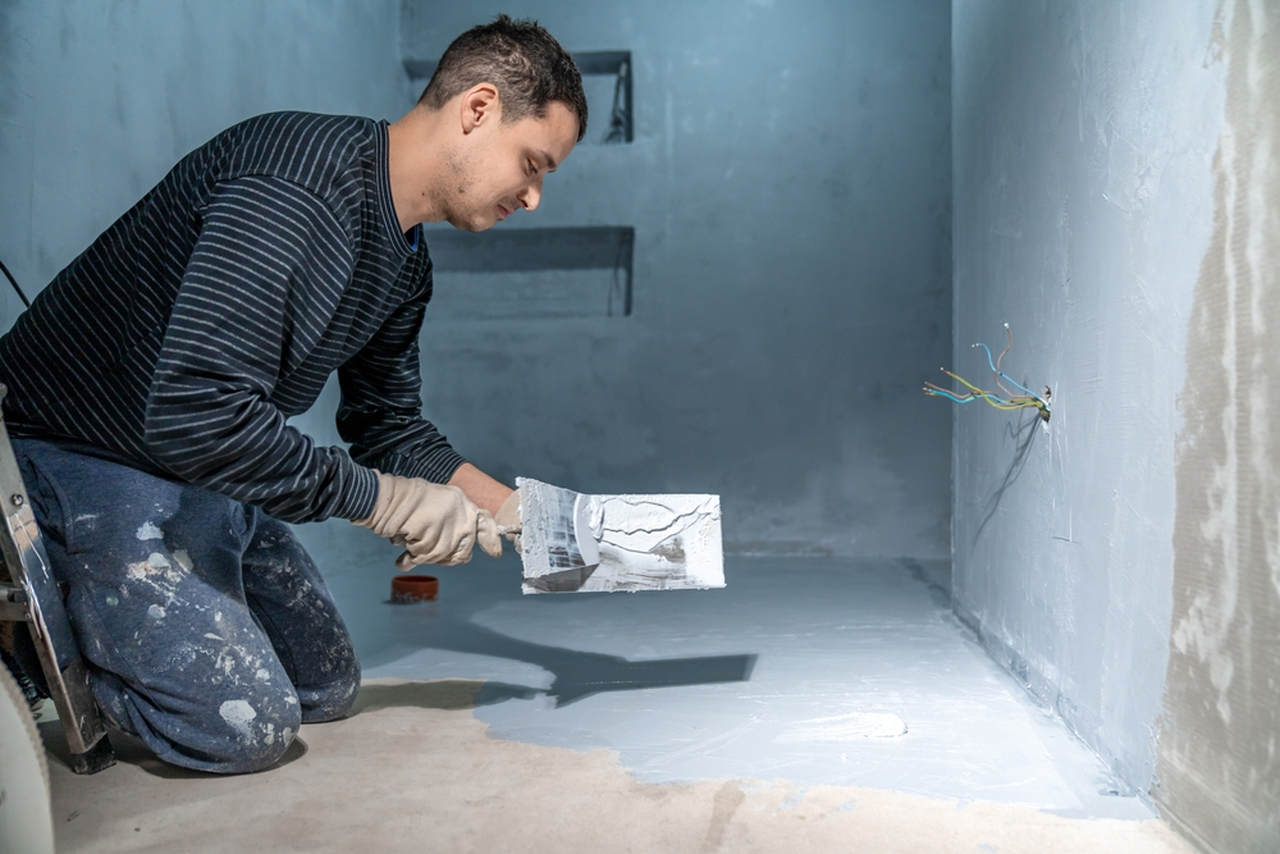
The waterproofing bathroom is the process of waterproofing the bathroom floor and walls. This prevents water from seeping into the bathroom floor or walls, preventing water from leaking into areas under the bathroom or into neighboring rooms. You can follow the steps below to waterproof the bathroom:
1. Prepare the Bathroom for Insulation
The bathroom walls and floor must be cleaned before waterproofing is applied. Pits or sloping areas on the floor need to be leveled. Gaps, cracks, and other deformations in the walls of the bathroom should be corrected.
2. Choose the Right Waterproofing Material
Many different materials can be used for bathroom waterproofing. There are many different options such as liquid waterproofing materials, waterproofing membranes, and rubber or bituminous materials. Therefore, it is very important to choose the right material before starting waterproofing.
3. Prepare the Surface with Primer
To make waterproofing for the floor, the surface of the floor must first be prepared with a primer. Then the waterproofing material should be applied to the surface of the floor. The waterproofing material should be applied so that it covers the entire floor. It should also be applied to an area of 10-15 cm from the walls to the floor. This area prevents water from seeping in at the junction of the floor and walls.
4. Sealing the Joints
The waterproofing material must be carefully applied to the joints between the wall and the floor. Joints are areas where water can seep in. It is therefore necessary to seal the joints carefully.
5. Testing
After the waterproofing process is complete, the bathroom floor and walls should be tested for water retention to prevent water leakage. This test is important to prevent water leakage into areas under or near the bathroom.
To carry out the waterproofing test, water is poured onto the bathroom floor and walls. The water is kept on the floor and walls for at least 24 hours. At the end of this time, make sure that the water is not leaking anywhere. If it does, the waterproofing material may need to be reapplied to solve the problem.
Is Waterproofing Necessary for Bathrooms?
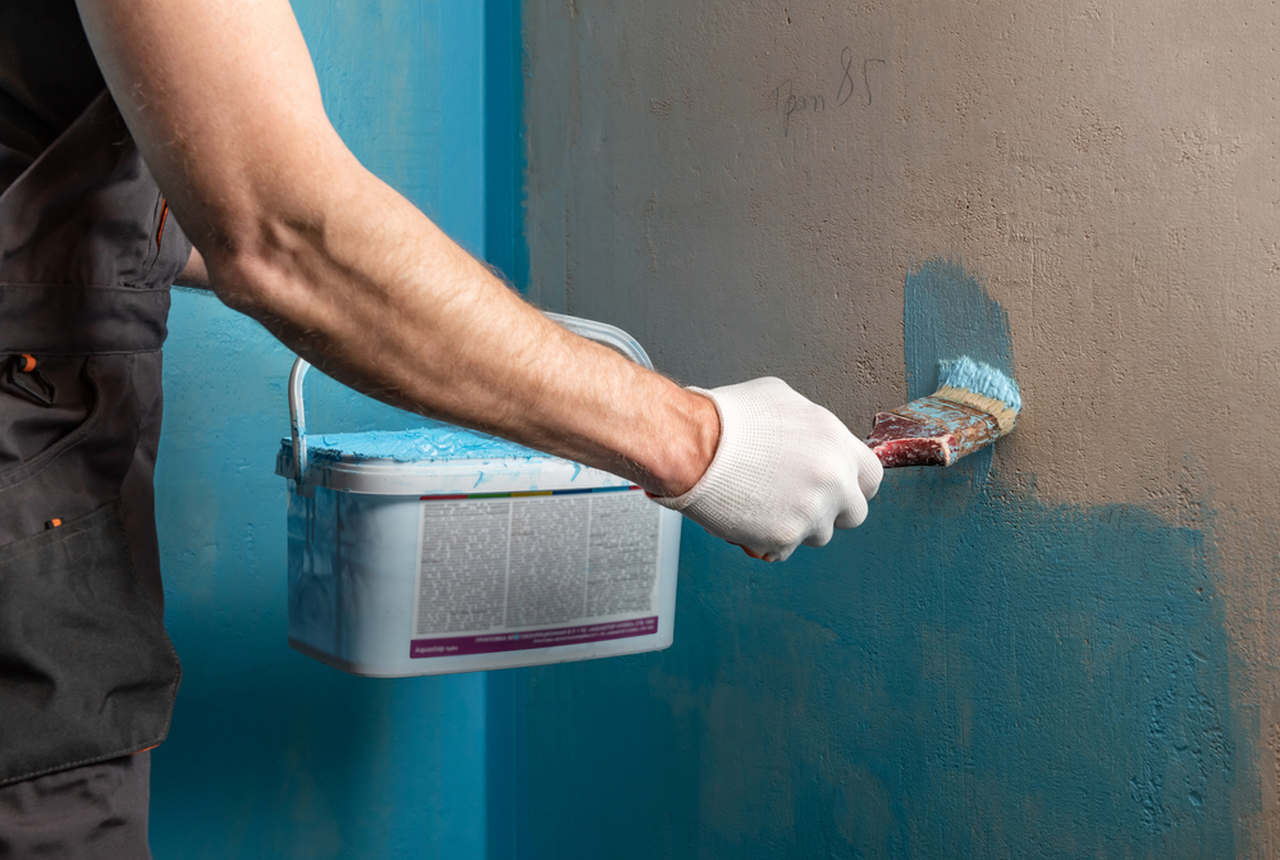
As mentioned earlier, bathrooms are wet areas that are constantly exposed to water. Water can seep into the floors, walls, and other surfaces, causing structural damage and mold growth. Waterproofing prevents water from penetrating these surfaces and protects against water damage, which can be expensive to repair. Waterproofing also ensures that your bathroom remains safe and hygienic for use.
In conclusion, bathroom waterproofing is an essential part of bathroom construction or renovation. It prevents water from seeping into floors, walls, and other surfaces, protecting against water damage and mold growth. There are a variety of waterproofing materials available for the bathroom, each with its own advantages and disadvantages. It is important to choose the right waterproofing material to ensure that your bathroom is properly protected against water damage.
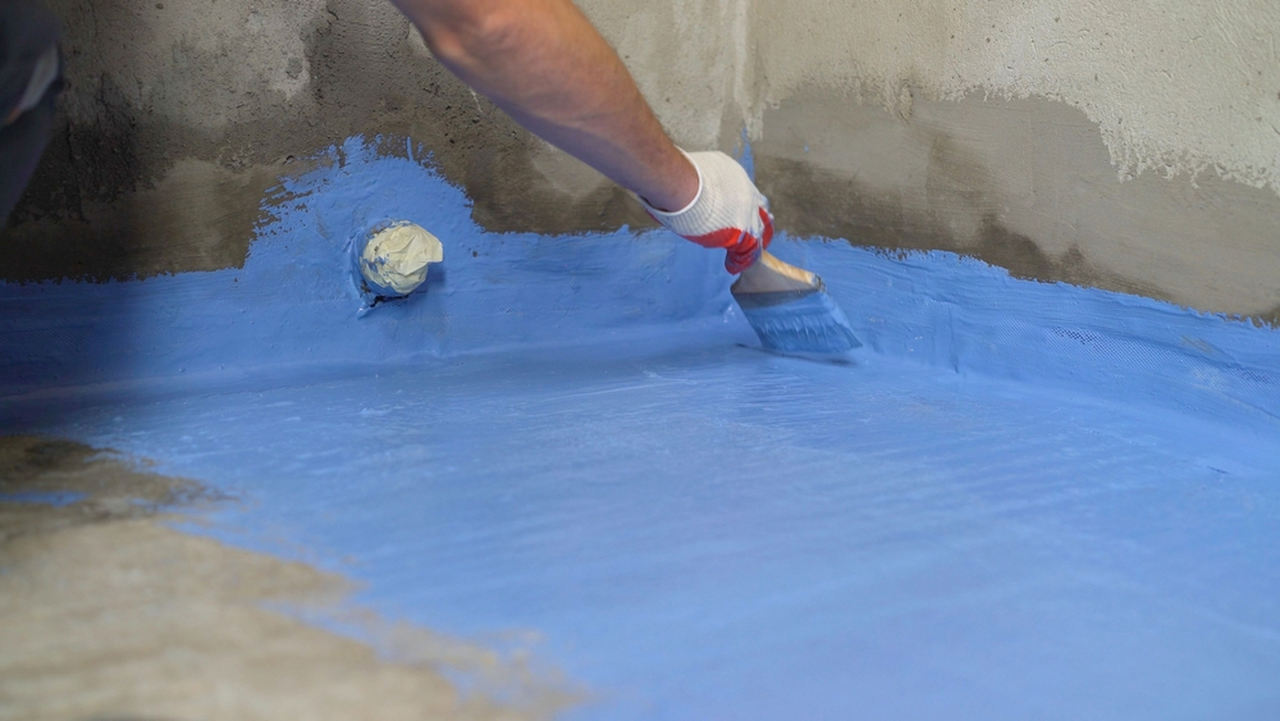
When waterproofing a bathroom floor or wall, it is important to follow the steps carefully to ensure that the waterproofing is done correctly.
We have come to the end of the article we have prepared as Baumerk and answered the question of how to waterproof the bathroom in detail. You can browse the Baumerk catalog for all your wet floor insulation materials needs, and you can easily find the insulation material you need among waterproofing membranes and terrace, balcony, and wet-damp floor waterproofing products. Finally, don’t forget that you can contact Baumerk for all your technical problems in your building projects.
